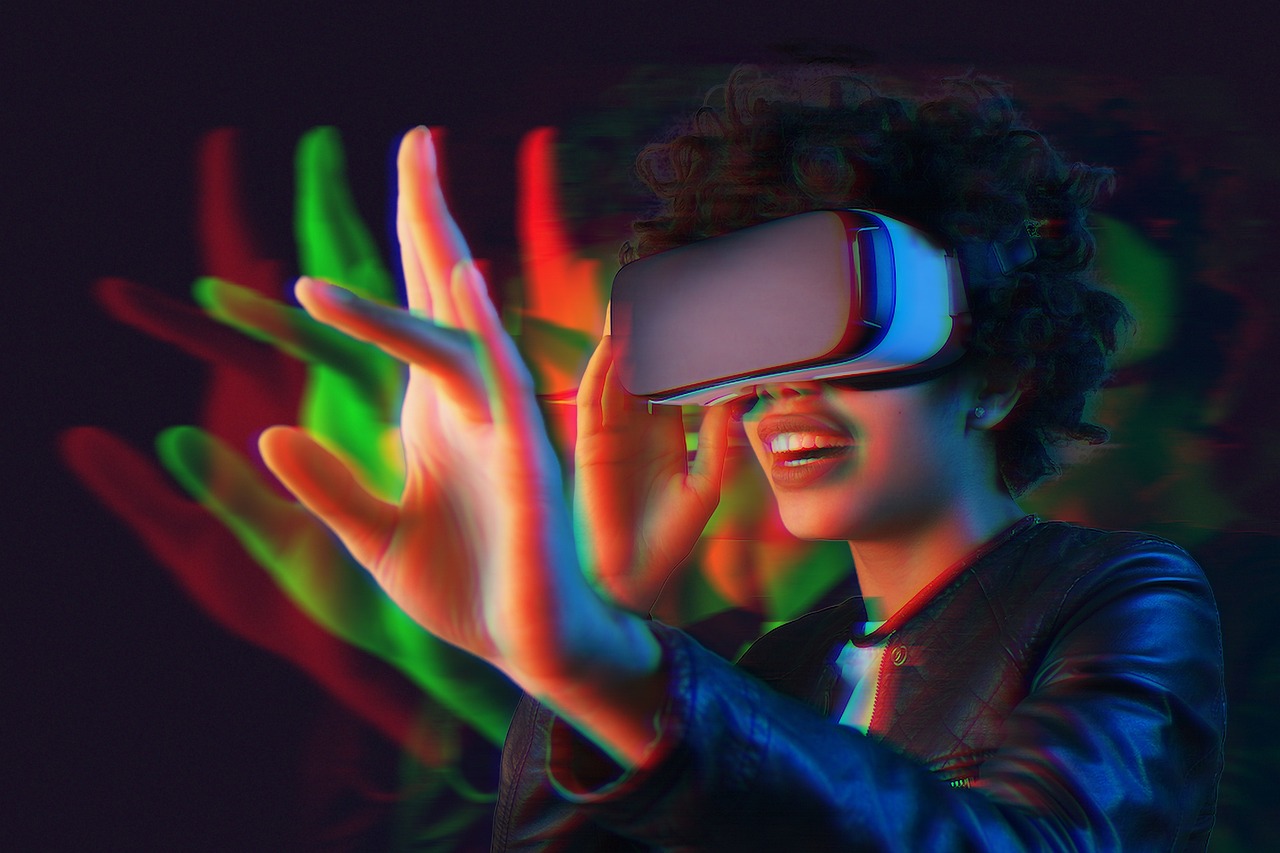The Psychology of Social Media Addiction: Understanding Behavior Patterns
The use of social media has become an integral part of daily life for many individuals. This constant connectivity can have both positive and negative psychological impacts on users. On one hand, social media platforms offer a way to stay connected with friends and family, allowing for easy communication and sharing of life moments. However, on the flip side, excessive use of social media has been linked to feelings of loneliness, anxiety, and depression in some users.
Research has shown that prolonged exposure to social media can lead to feelings of inadequacy and low self-esteem as individuals compare their lives to the curated versions presented online. The constant bombardment of idealized images and lifestyles can create an unrealistic standard of comparison, leading to negative self-perception. Moreover, the addictive nature of social media, with its never-ending scrolling and instant gratification, can also contribute to decreased attention span and poor quality of sleep.
Common Signs of Social Media Addiction
Constantly checking your phone for notifications, spending excessive amounts of time scrolling through social media feeds, and neglecting real-life activities are all common signs of social media addiction. Individuals who feel anxious or agitated when unable to access their social media accounts may be exhibiting signs of dependency on online platforms.
Another red flag is when an individual prioritizes social media interactions over face-to-face interactions with friends and family. Feeling the need to constantly share every aspect of one’s life online and seeking validation through likes and comments can also indicate an unhealthy attachment to social media.
Factors Contributing to Social Media Addiction
Many factors contribute to the development of social media addiction. The ease of access to social media platforms plays a significant role in fostering addictive behaviors. With just a few taps on a phone or clicks on a computer, individuals can instantly connect to their online networks, making it effortless to spend a significant amount of time engrossed in social media activities.
Moreover, the design elements of social media platforms are intentionally crafted to capture users’ attention and keep them engaged for extended periods. Features such as infinite scrolling, notifications, likes, and comments create a continuous cycle of interaction that can be gratifying and addicting. These addictive design elements create a sense of FOMO (fear of missing out) that compels individuals to constantly check their social media feeds, further reinforcing the addictive behavior.





